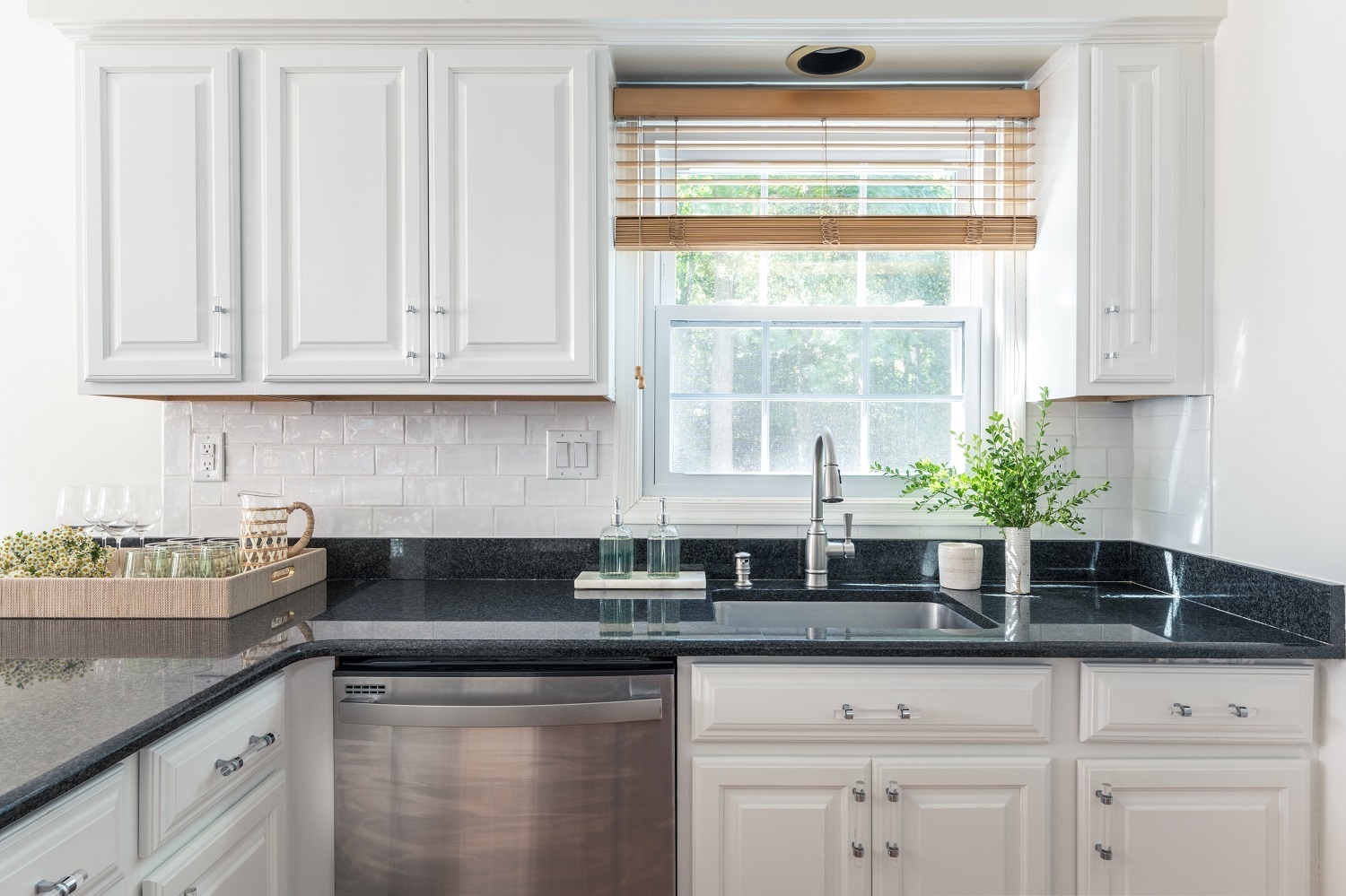What Is a Drop-In Tub and How Does It Compare to Other Types?
Drop in and relax


Drop-in tubs offer room for customization, including tub size, shape, and the type of surround it sits in.
Freestanding tubs don’t require additional finishing like drop-in tubs do.
Drop-in tubs differ from alcove tubs, which require less finishing, but they can be installed in the same space.
You might be able to install a drop-in tub yourself, but in most cases, you should call a bathtub installer.
If you love the look of a customized bathroom, a drop-in tub could be the key to making your vision a reality. Drop-in tubs have unfinished sides, allowing you to build a custom surround around it—think of a unique look with tile or stone. However, these tubs take more work to install than other types. This guide explains what you need to know about drop-in tubs and how they differ from other options for your bathroom remodel.
What Is a Drop-In Tub?
A drop-in tub has a built-in ledge around the edges with no finished sides. This allows you to “drop” the tub into a customized enclosure, like a drop-in sink. This enclosure consists of a wood frame finished with tile or stone to create a unique look for your bathroom. Alternatively, you can place a drop-in tub and its support structure in an alcove and finish the exposed side.
Drop-in tubs are available in various bathtub materials like fiberglass and acrylic, come in a range of shapes and sizes, and the surround is customized for your bathroom. This flexibility allows you to create unique bathroom designs with the freedom to choose the surrounding materials.
Remember that you’ll need to budget for more materials and labor to install a drop-in bathtub with a custom surround. You can hire a local bathtub installation pro to build the tub enclosure and ensure it’s installed correctly.
Freestanding Bathtub vs. Drop-In Tub
Freestanding bathtubs are exactly what they sound like—bathtubs that stand on their own with no surrounding support structure. A classic freestanding bathtub is a claw-foot tub. Unlike a drop-in tub, there’s no additional work needed to construct an enclosure or finish the sides of a freestanding tub. A drop-in tub requires a frame, and then it’s “dropped in,” and the ledge around the edge of the tub rests on the structure to hold the tub in place.
Alcove Tub vs. Drop-In Tub

An alcove tub is standard in most bathrooms and is surrounded on three sides by the bathroom walls. In some designs, one or more surrounding walls are pony walls—also known as partial walls, half walls, or short walls—or cabinets. Alcove tubs are finished on the exposed side, so they’re easy to install and don’t require much custom work to complete the project.
Drop-in tubs offer more versatility than alcove tubs because they come unfinished on the sides, and the enclosure in which they are housed is custom-built. The high level of customization that comes with a drop-in tub makes it ideal for homeowners who want a unique bathroom design. On the other hand, if you want a wallet-friendly tub that can be installed quickly, an alcove tub is a better option for your bathroom.
Frequently Asked Questions
A drop-in tub is just one of the types of bathtubs available. Depending on your needs and the space available, you can consider an alcove tub for quick installation, a whirlpool tub for added relaxation, a freestanding tub for a statement piece, or a corner tub to take advantage of the space in a larger bathroom.
Installing a drop-in tub yourself is possible, especially if you’re replacing your existing tub with a new one of the same size. If you’re replacing a different type of tub, you’ll need to build the structure to hold the new drop-in tub and finish the exposed sides. The structure must be sturdy enough to hold the tub when it’s filled with water, and you’ll need to seal it. If any plumbing work is required, it’s best to call a licensed plumber who installs bathtubs.
Bathtub replacement costs range from $2,000 to $9,400. The actual cost varies with the tub's style and other factors, including subfloor reinforcement or replacement, fixtures, labor, plumbing, custom tiling, and more. Unless you remove the existing tub yourself, you’ll also pay for the contractor to remove and dispose of it before they install the new one.





- Bathroom Remodeling
- Kitchen Remodeling
- Shower Installation
- Stair Installers
- Bathtub Installation
- Shower Door Installers
- Kitchen Design
- Bathroom Design Companies
- Storm Shelter Builders
- Pre-Made Cabinets
- Kitchen Refacing
- Bathtub Replacement
- Ceiling Tile Installation
- Suspended Ceiling Companies
- Residential Designers
- Stair Builders
- Remodel Designers
- Shower Enclosures
- Home Renovations
- Kitchen Renovations
- Garage Remodeling
- Grab Bar Installation
- Walk-In Tub Installers
- Tub to Shower Conversion
- Balcony Contractors










